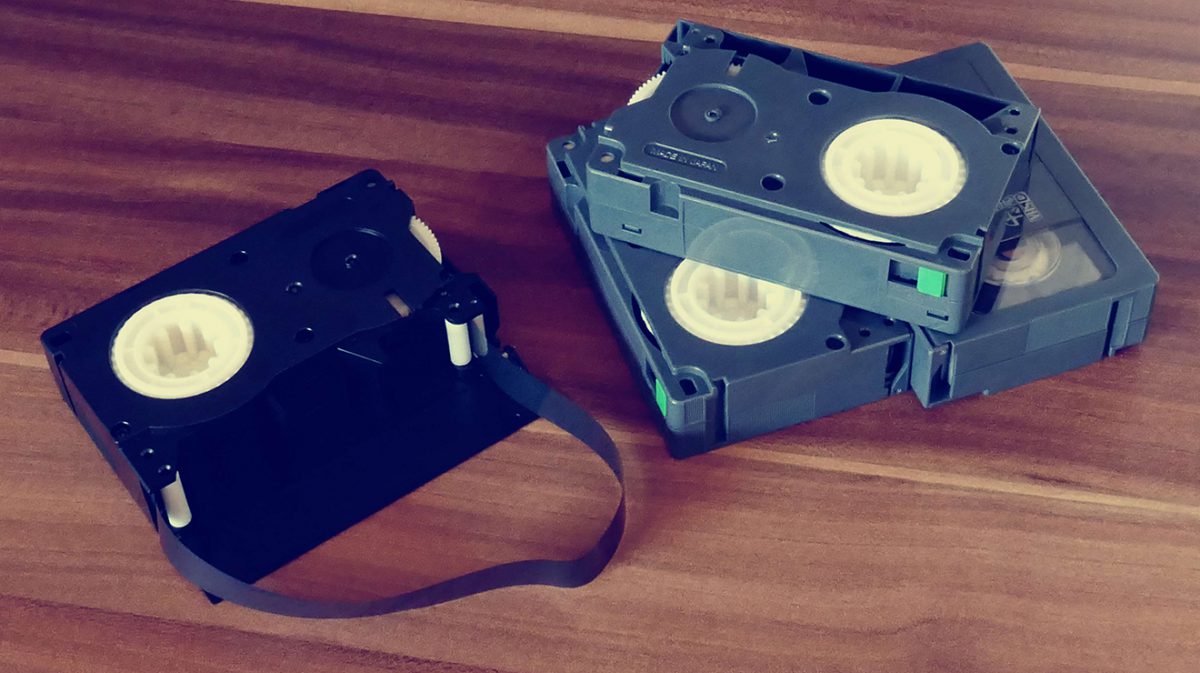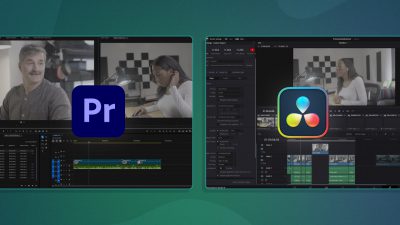Many of you will be relatively new to shooting video, and we applaud your DIY pluck. To help you out, we’ve asked around and put together a list of things that our favorite videographers wish they knew before they got started. From planning to execution to uploading your next online video, we’ve got you covered.
Preparation: What to Do Before You Shoot
1. Prepare a script. Even a loose one—just something to help keep your actors/subjects focused and to help you cover all your bases. If scripting is counterproductive to your video plan (for example, if you’re shooting customer testimonials), have a bullet list of points you want to hit or questions you plan to ask.
2. Have a storyboard handy. This can be as casual or as detailed as you want. The purpose of a storyboard is to visually outline the most important shots you need to get. This helps keep you on track, and also reminds you to get a mix of shots, to keep the video visually interesting.
3. Bring an extra battery for the camera. This extends to all the extras you might need, depending on what equipment you’re using. Consider whether you may need extra lightbulbs, extra memory cards or tapes for camcorders, etc. It’s also a good idea to bring an extension cable, along with your power cords.
4. Bring a tripod. Unless you’re specifically going for a low-budget look, bring (and use) a tripod to make sure you get steady shots during filming. For more about what you might need, check out our post on the ten most useful pieces of video equipment.
5. Test your sound equipment. If you haven’t used it before, it’s a good idea to film something in a similar sound environment to where you plan to film on the day, using your sound equipment. Then play the test on your laptop or mobile device to make sure that the quality is suitable for the way most people will be watching. (For more on getting sound right, check out our recent post on it.)
Filming Tips
1. Get a variety of shots. Most inexperienced videographers stick to one kind of shot, usually wide or medium-distance. During filming, shoot a variety of wide, medium-distance, and close-up shots to get the most engaging visual story. Note: A good rule of thumb for matching shot to content is to use wide shots for establishing context, medium-distance shots to deliver important story points (for example, showing a subject from waist- or chest-high in front of a significant backdrop), and close-ups to create an emotional connection with the subject (for example, during a touching personal moment or during a climactic moment).
2. Think in thirds. Don’t view your subject in the center of the frame, but rather 2/3 of the way to the left or right. Leave space at the top of the frame as well, above the subject’s head, so the image doesn’t appear too crowded.
3. Minimize panning and zooming. These effects are rarely effective with online video, since the viewing space tends to be small.
4. Hold shots for ten seconds. This goes for non-dialogue shots where you’re capturing visuals or ambience. If you get at least ten seconds of footage, you’ll likely end up with at least a few seconds of clean, usable footage within that ten seconds.
5. Cut between takes. If you plan to edit the video yourself, cutting often will help keep video file size smaller and easier to manage during post-production.
Video Content
1. Don’t be too promotional. Instead of focusing your video on what you want from customers, focus on the needs and desires of the intended audience. For more on how to do this, check out our post on creating engaging video campaigns.
2. Keep it short. Statistics show that viewers of online video tend to watch for about two minutes on average, so unless your video needs to be significantly longer than this, your best bet is to keep it to two minutes.
3. Put the video where it’s easy to find. To make sure people visiting your site don’t miss your video, your best bet is to place it “above the fold”; web visitors shouldn’t have to scroll down to see it, it should be right there at the top. You also don’t want to bury the video within the website, so place it on your homepage for maximum exposure.
Have any tips of your own to add to the list? Let us know in comments below, or shout to us via Twitter (@SproutVideo).








